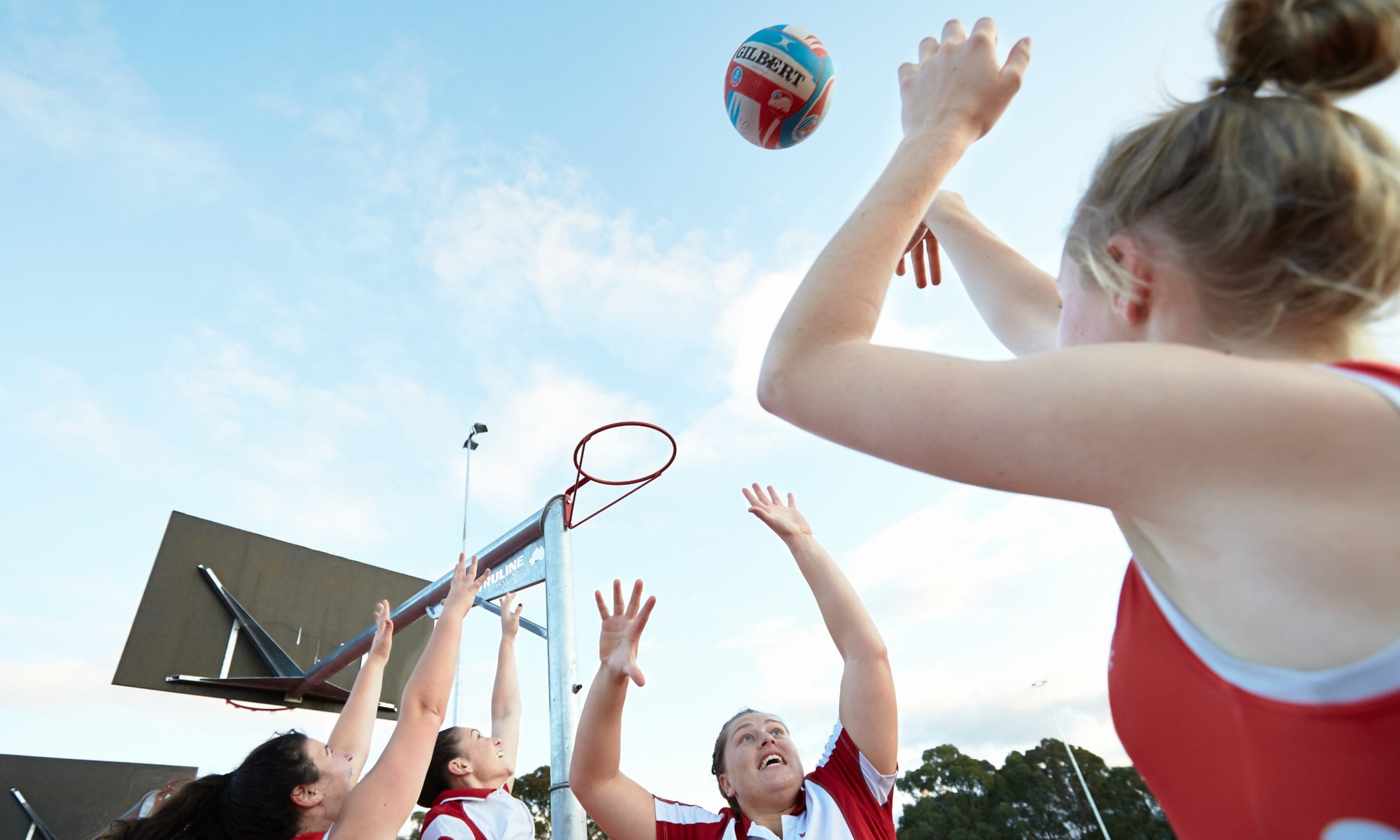This post is over three years old, the information may be outdated.
Whether you’re looking for permission to go slow and steady or for an excuse to ramp up the intensity from day one, the question of how hard to push yourself is a common one. But according to Dr Cheyne Donges from CSU’s School of Exercise Science, Sport and Health, it’s not one to be taken lightly.
Before we get into the details, remember at this stage we’re all about creating the habit of regular moderate exercise, we’re not trying to push our upper limits. Burning out from doing too much too soon, in a burst of sudden motivation and inspiration, is a real risk and you need to be mindful of building up over time.
If your workout is at such a high intensity that it means you then need to take more than one to two days off to recover and be ready to exercise again, it’s actually being counterproductive to the long-term goal of improving your fitness.
This is to do with the process of protein synthesis, which is how muscles grow. The effects of muscle protein synthesis last for up to 48 hours after an exercise session and if you don’t stimulate the muscles again within that time frame the body has a tendency to reverse your changes and you may start again from square one, rather than building up strength over time.
So now you’ve got permission not to overdo it from day one. But what else do you need to know to get your intensity right so that it’s enough of a challenge to be good for you, but not so much that you’ll be put off from doing it again?
Listen to your breath
In cardio-respiratory exercise you can use your breathing as a good indicator of how hard you’re working and adjust your intensity accordingly. Try an amateur version of the ‘talk test’, and assess whether or not it’s possible for you to say a short sentence – about eight words long – without a breath interruption. If you can keep talking at about that rate, you’re doing ok. But if you’re struggling to get a short sentence out without taking lots of breaths in between then it’s likely you’re pushing too hard. Remember though, for some people it’s ok to exercise at this intensity, but it won’t suit or be recommended for everyone.
Another common question is how do you know when you’re in the middle of a workout if your body has had enough and you need to back off the intensity? Tune in and listen to your body! Often you’ll feel an extra level of tiredness or weariness which is a sign that your body has been challenged. When you get that feeling keep going for another five minutes if you can and then wrap up.
As you progress through the #BetterInRed challenge you may notice that you’ll get to this point of weariness later into your 30 minute session. For example, in week two you might feel like you hit the wall after 15 minutes, but by week six it won’t be until you’ve done 25 minutes or more. Consider adding extra time onto your workout towards the end of the challenge, and every month after that. Or you could step up the intensity within your 30 minute timeframe as your body gets fitter and needs a new challenge.
Understanding intensity and how far to push yourself is one area where it can be helpful to get some professional advice from a personal trainer or exercise physiologist. It’s notoriously tricky to find the genuine sweet spot which is the right pace of progress to keep you both motivated and challenged. Sometimes it requires testing and the creation of a tailored exercise program that will guide you to make progress.
Or if you’re looking for resources to help you assess your fitness or design programs that will have an impact and get you working at the right intensity check out Exercise Prescription. It’s chock full of resources and was designed by academics for coaches, trainers and individuals to provide them with practical information. There is even a page just for beginners.
The more you exercise the better your perception of how your body feels will be. You’ll be able to gauge within yourself how your body is responding to the challenge of exercise. Every day and every session will feel a little different, so tune in to your body and adjust the intensity of your workout accordingly. But most importantly, just keep doing something. Consistency is key. You’re on this #BetterInRed journey for the long haul, not to burn brightly for a week then vanish.
—
#BetterInRed is all about getting the most out of university life by looking after your health and wellbeing. It is an exercise challenge that will run for eight weeks from Monday 6 March.
So, lace up, get out and challenge yourself to complete 30 minutes of exercise three times per week. Share your exercise using #BetterInRed and you could win some great prizes!
Find out more at social.csu










